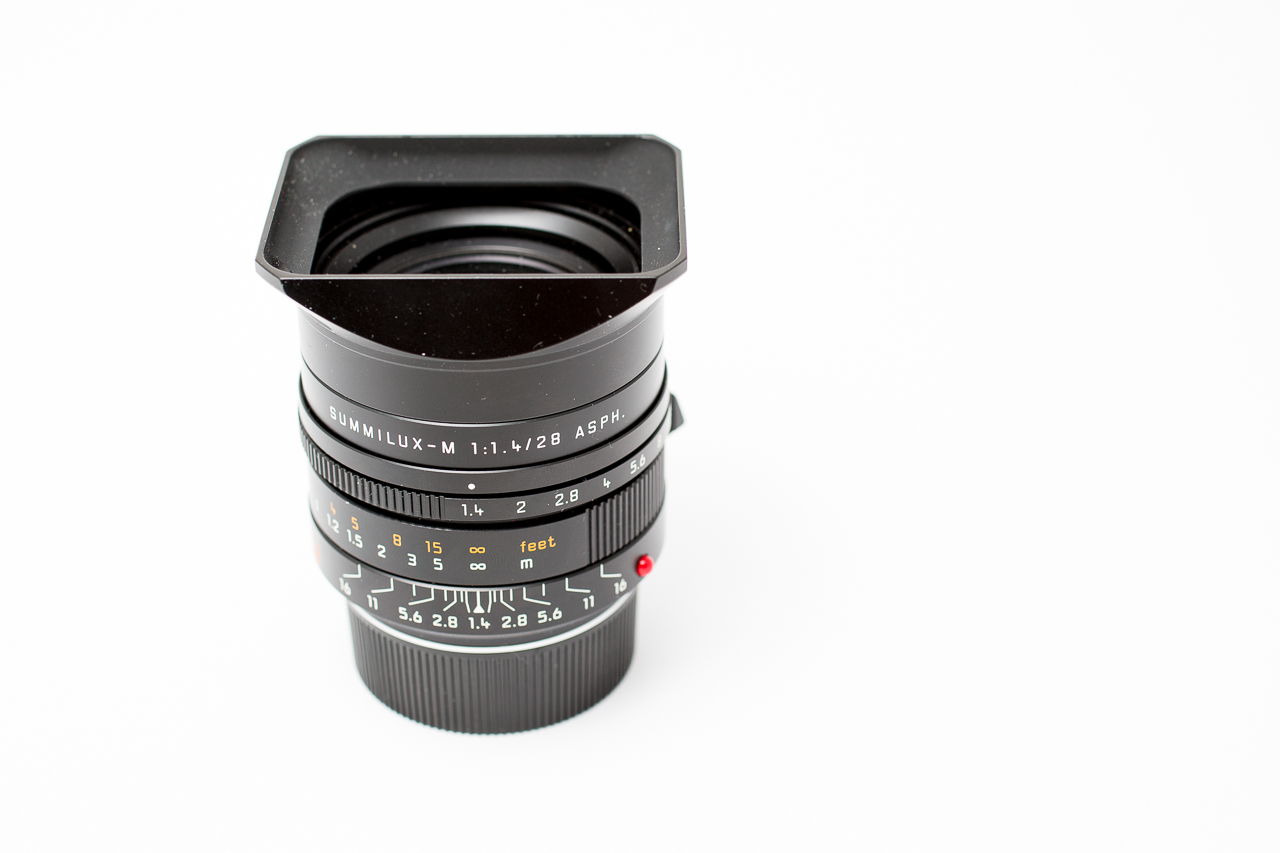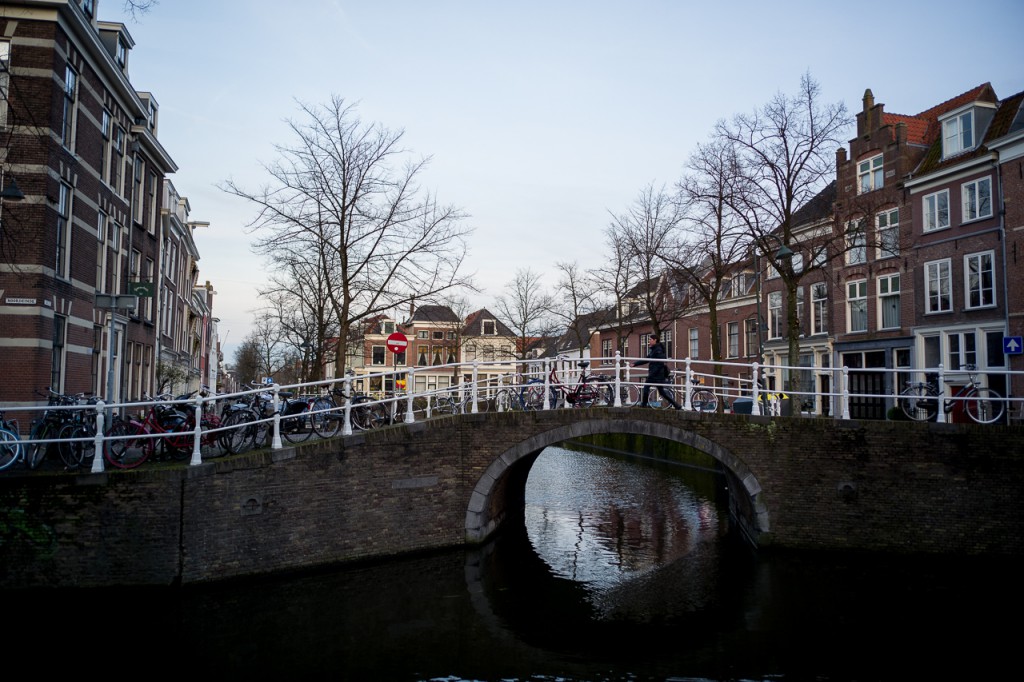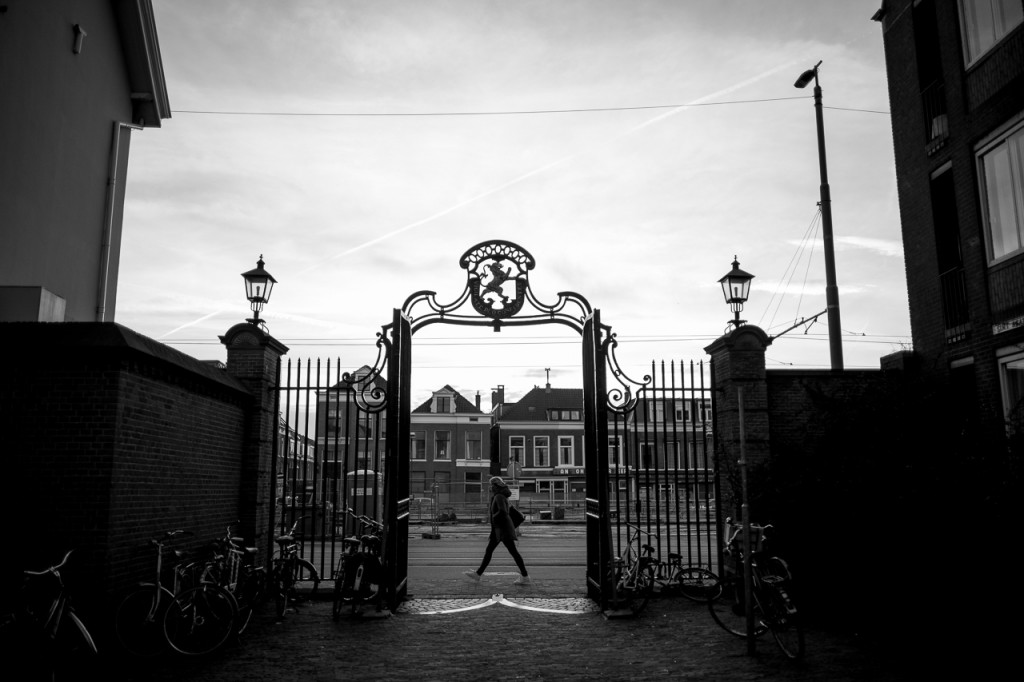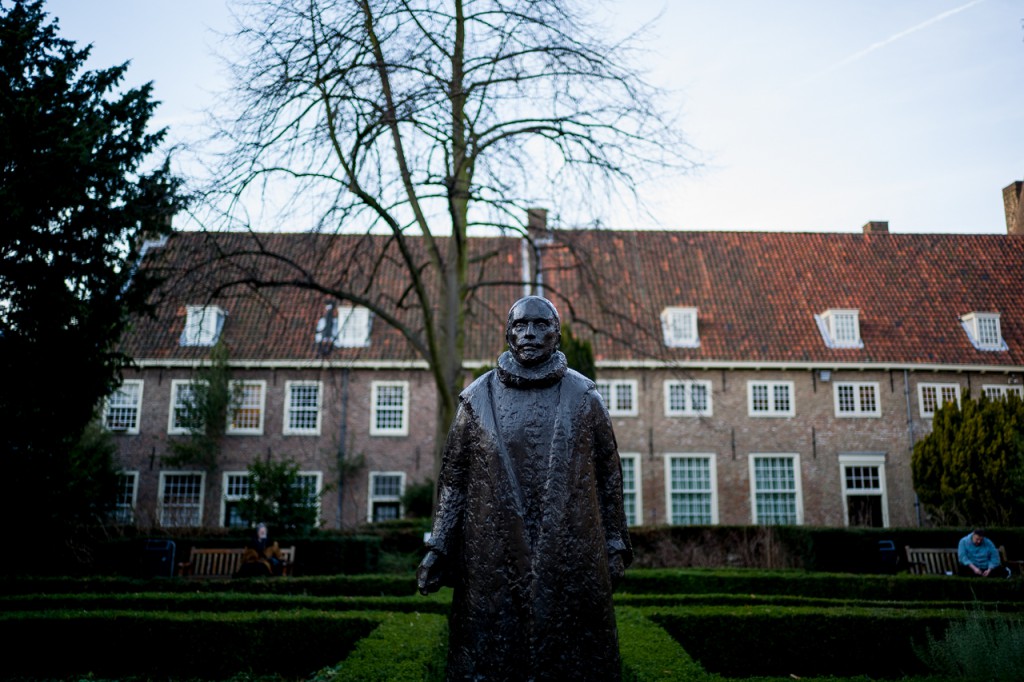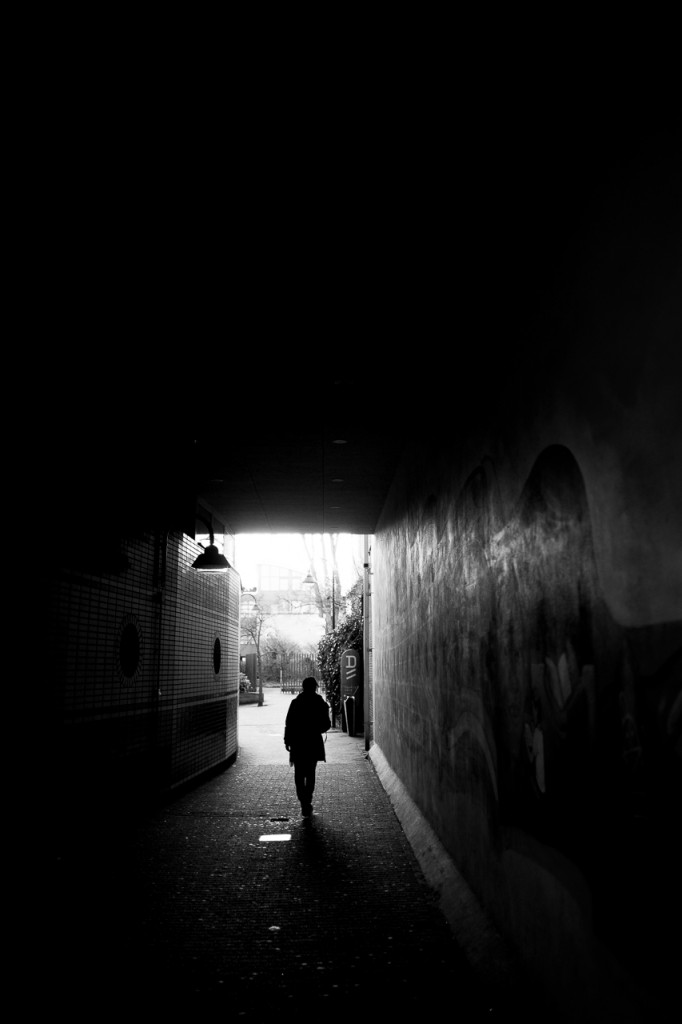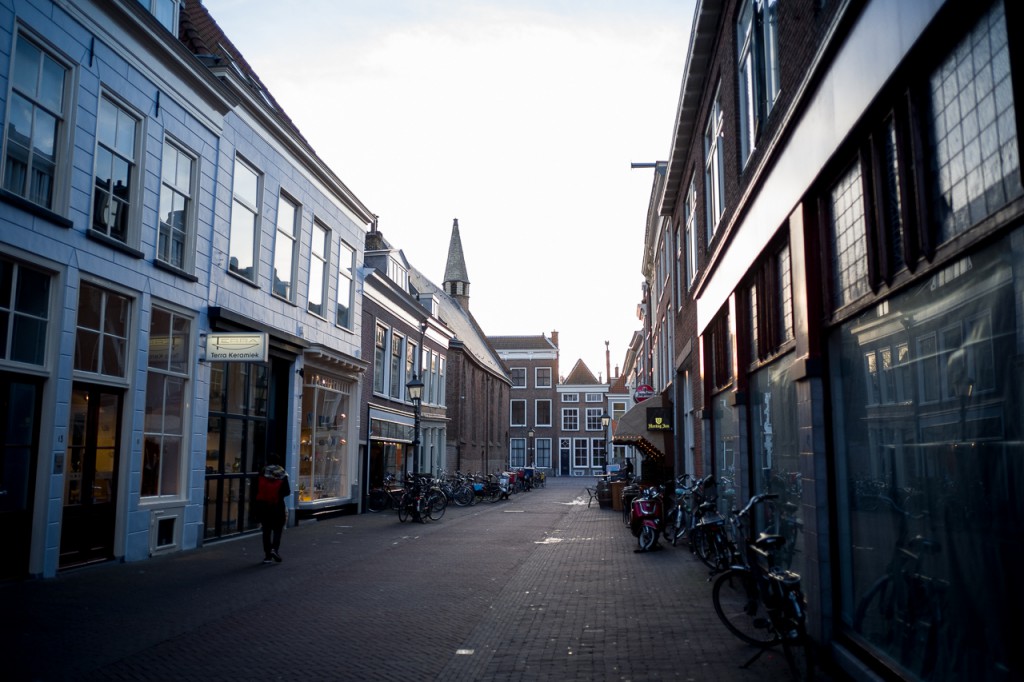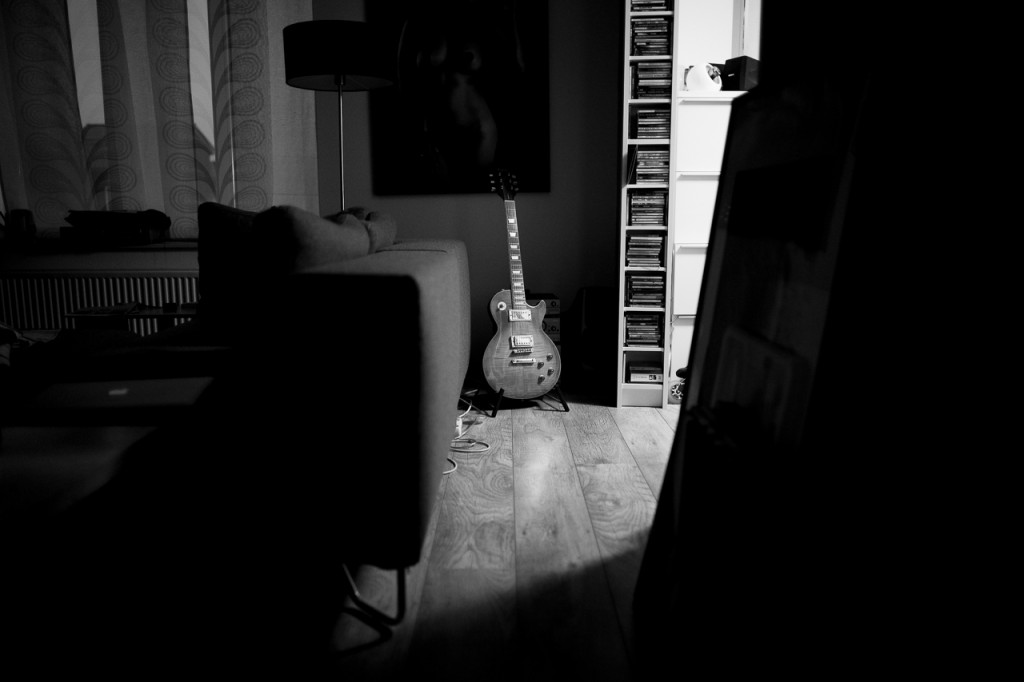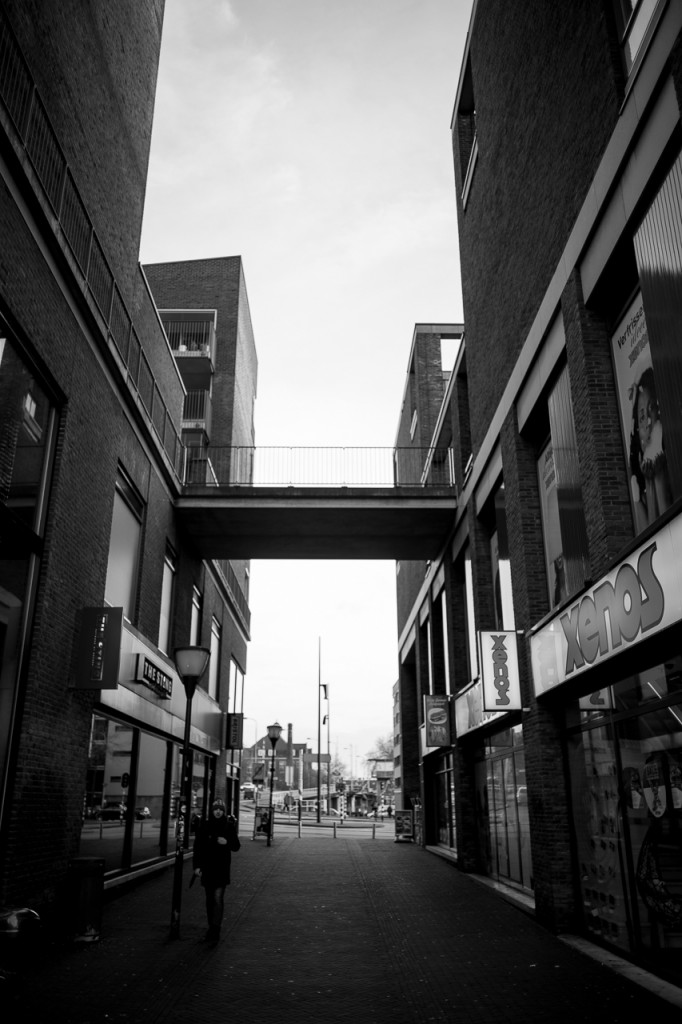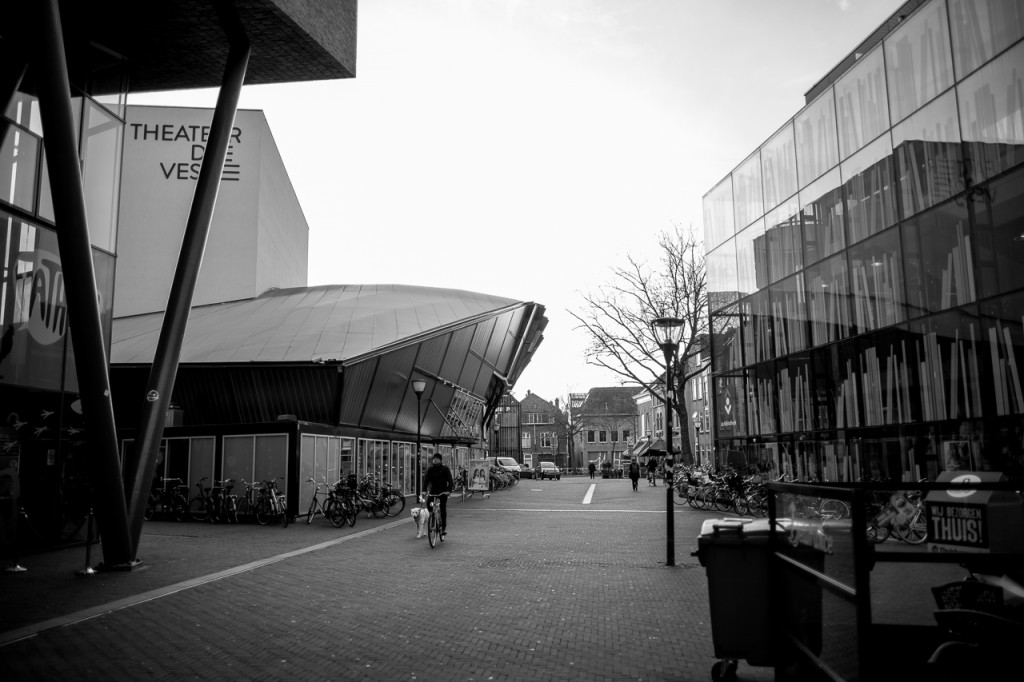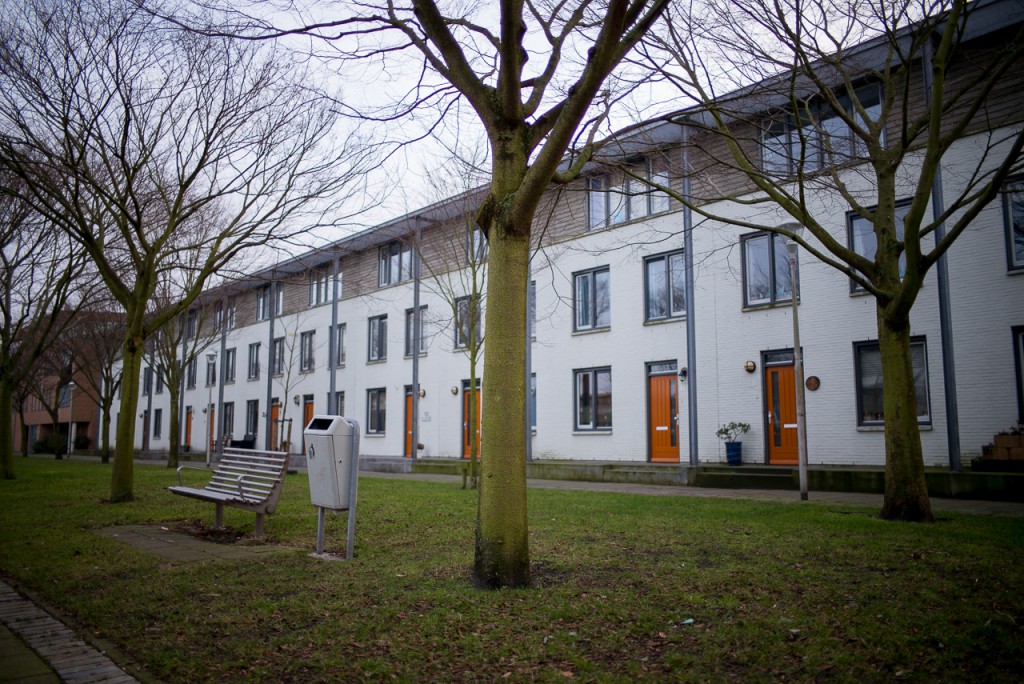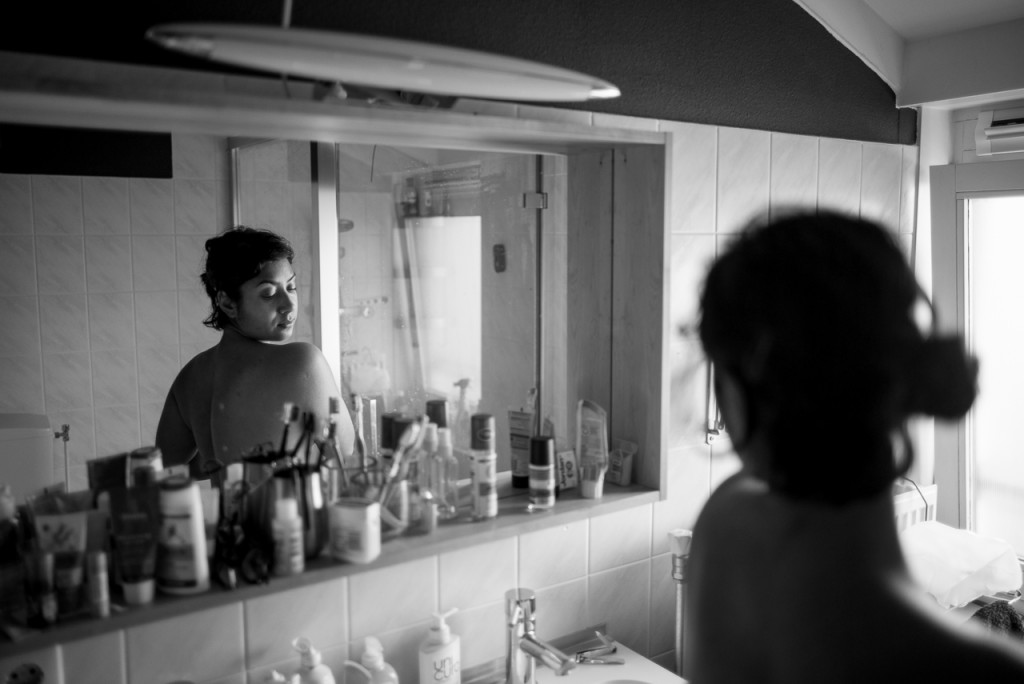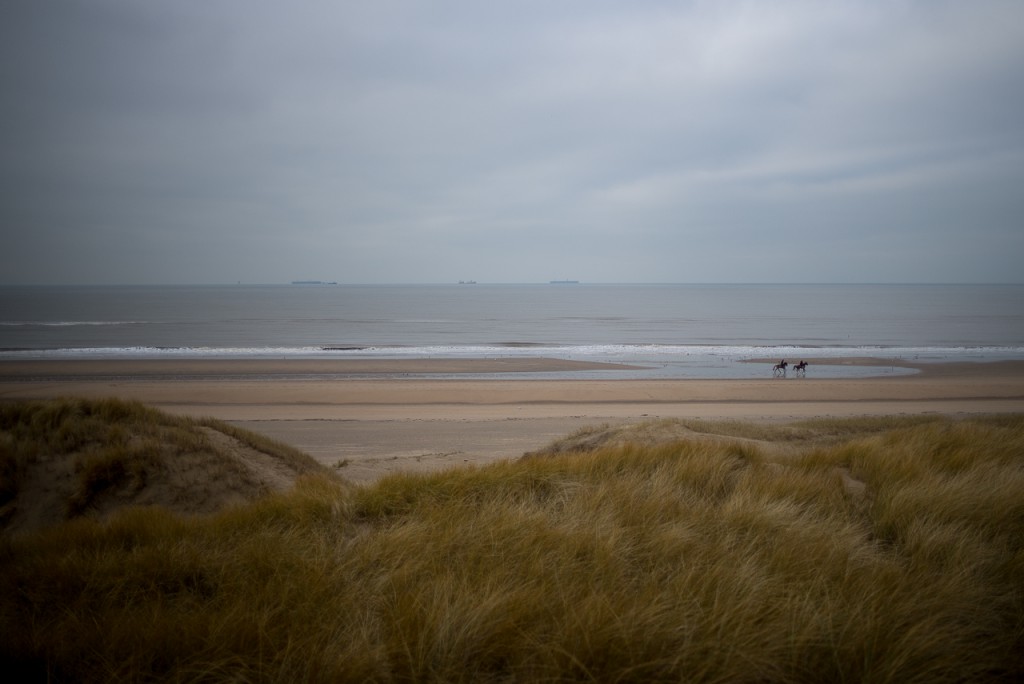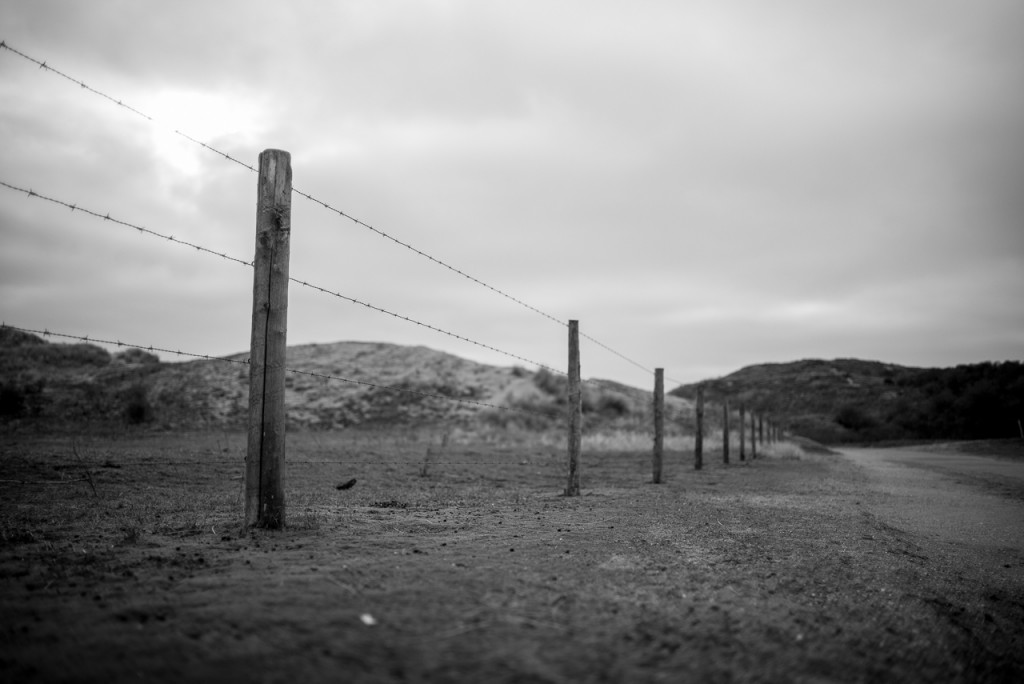The Leica 28 Summilux is a truly amazing lens. I have seen and used quite a few of the best Leica lenses, but this is one I will remember. The rendering is absolutely lovely and the 28 lux is still a very usable lens with regards to ergonomics. If you don’t want to read this whole review, you can stop after the next line. If you can afford the 28 Lux: get it. You will love it.

A fast wide angle is something like a two-in-one product. You can show a lot of the environment, but thanks to its large aperture you can also isolate your subject. This is one of the reasons why I bought the CV35/1.2 v2 many years ago. The other reason was that I needed a fast and affordable lens to cover flash-free weddings with my Leica M9. I sometimes shot this camera at 1600 ISO at 1.2 at 1/8th of a second. No need to with the cameras we have today.
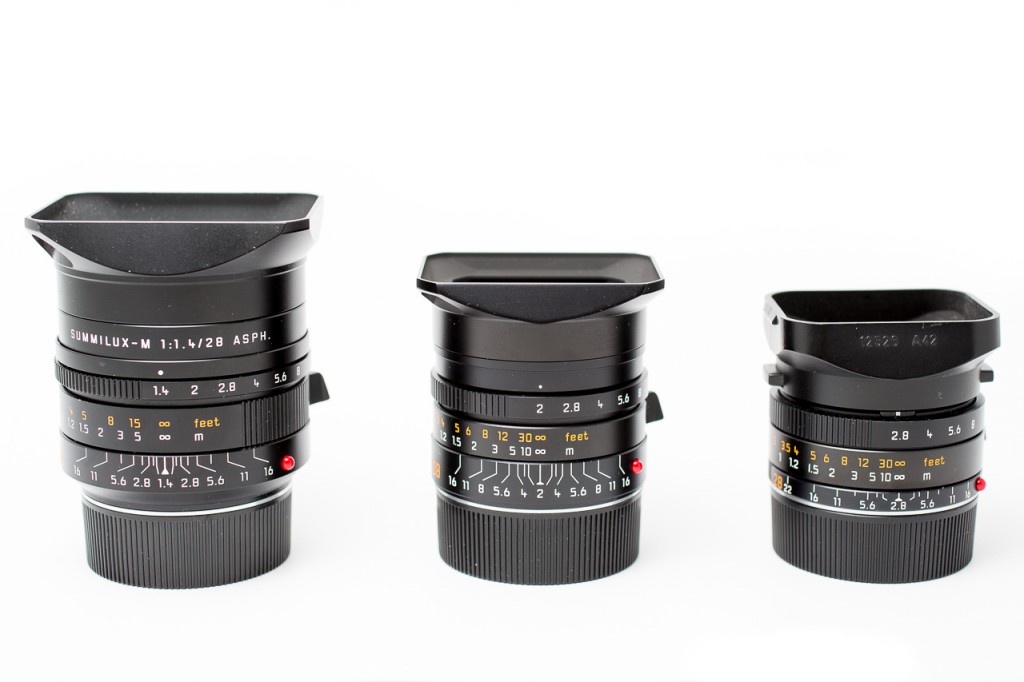
In fact, the 28 Lux reminded me a bit of the CV 35/1.2. But the list of items that compare is short. Unlike the CV 35/1.2, the 28 Lux is sharp wide open and suffers from less lens errors. Having said that, the CV 35/1.2 is a terrific lens, not just ‘for-the-money-terrific’, but really very good. During some weddings, the light was so bad that I shot the complete day with nothing but the CV35/1.2. I can’t say that of any other lens that I own.
Constructed to withstand the worst of all apocalypses, designed to last. No room for error. A gem
The 28 Lux is of another level though. Constructed to withstand the worst of all apocalypses, designed to last. No room for error. A gem.
Some people will say that it’s cheaper to buy a Leica Q and that this camera will give you the same results. This is not entirely true. First, the Q is not a true Summilux lens. It’s fast, but it is not a 1.4 lens, it’s a 1.7 lens. That means half a stop slower, which isn’t bad either, but it will result in a less dramatical transition from in focus to out of focus areas when a subject is shot from the same distance. The biggest difference is that you can ‘migrate’ your Summilux-M to a newer body and that’s why the lens will depreciate far less than the Q will.
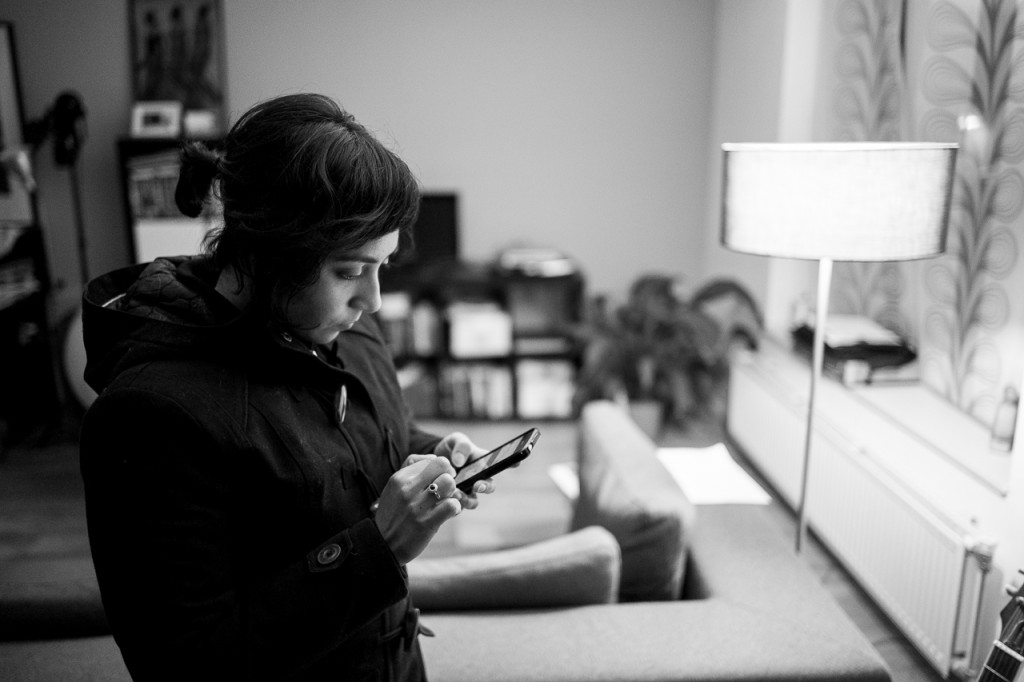
Build quality and ergonomics
Like most Leica lenses, the Summilux-M 28 is built to last. As long as you don’t drown it, you can keep on shooting. The aperture is nice and solid (I don’t like loose aperture rings because that is risky when you work a lot in a hurry). The focus is lovely: not too stiff, not too loose. The focus ring is equipped with a tab, which is nice for fast focusing. Since I’m doing more video than before, I can’t help but say that it would be nice if there would be an easy way to get the tab off, in order to attach a follow focus ring on the lens. Having said that, there are enough lenses that are much more suitable for cinematography than M lenses. Leica cine lenses for example…

The focus throw is long enough for such a short focal length.
Ergonomics are very important for a lens. It doesn’t make sense to buy a lens that produces great images, but is a pain to use. And that’s one of the unique selling points of the 28 Lux. It doesn’t feel like a fast wide angle in the hand. The 24 and 21 Lux lenses are beautifully made, but for me they’re just too big and heavy to carry around all day. The 28 Lux may be just a bit too heavy for a whole day, but it wouldn’t be an argument not to buy it. I COULD carry it around if I wanted to. I cannot stress enough how important this is for M users.
Sharpness, bokeh and rendering
I found the 28 Lux to be surprisingly sharp wide open. That’s a very good thing, because there is no real reason to buy a 28/1.4 if you can only use it at 2.0 and further stopped down. It gets a bit sharper when you stop it down, especially in the corners. If this is your main thing – shooting landscapes with corner to corner sharpness – the 28 Lux will work for you, but you might just as well buy the 28 Cron or the 28 Elmarit.
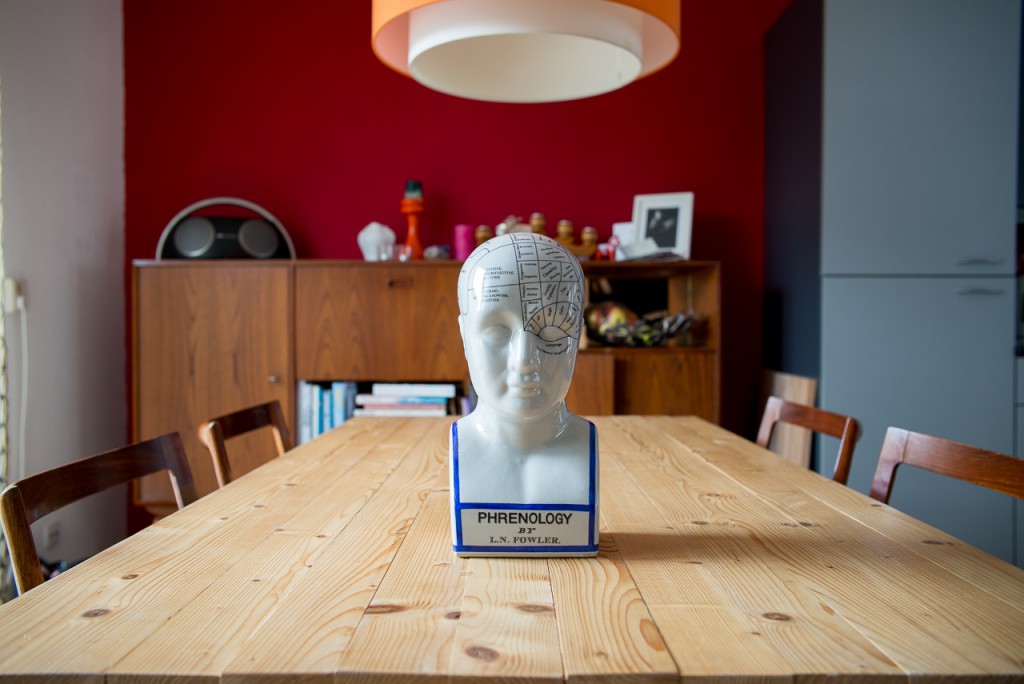



If you’re shooting the 28 Lux stopped down, you will notice that it looks like you changed the lens on your camera when you open it up. The 28 Lux at 1.4 seems like a world apart from the Lux at 2.0 or 2.8. It is almost unbelievable. Opening up suddenly transforms the lens into a very romantic, dreamy -but still very sharp in the center – lens with a nice bit of vignetting and wonderful transitions. Check out the Fowley pictures. This is the 28 Lux on all the pictures!
Usually, I don’t have to talk much about bokeh with wide angle lenses, but the 28 Lux does show some impressive bokeh. Not just for a 28mm lens, but for any lens. Bokeh is unbelievably smooth and very useful to create dramatic shots where you can ‘isolate’ your background, but still show some context.
The most noticeable lens error is some minor purple fringing. This is present in most lenses, but more in fast lenses. It is also very easy to get rid off in Lightroom or Photoshop. Other errors, if present, are probably corrected in camera.
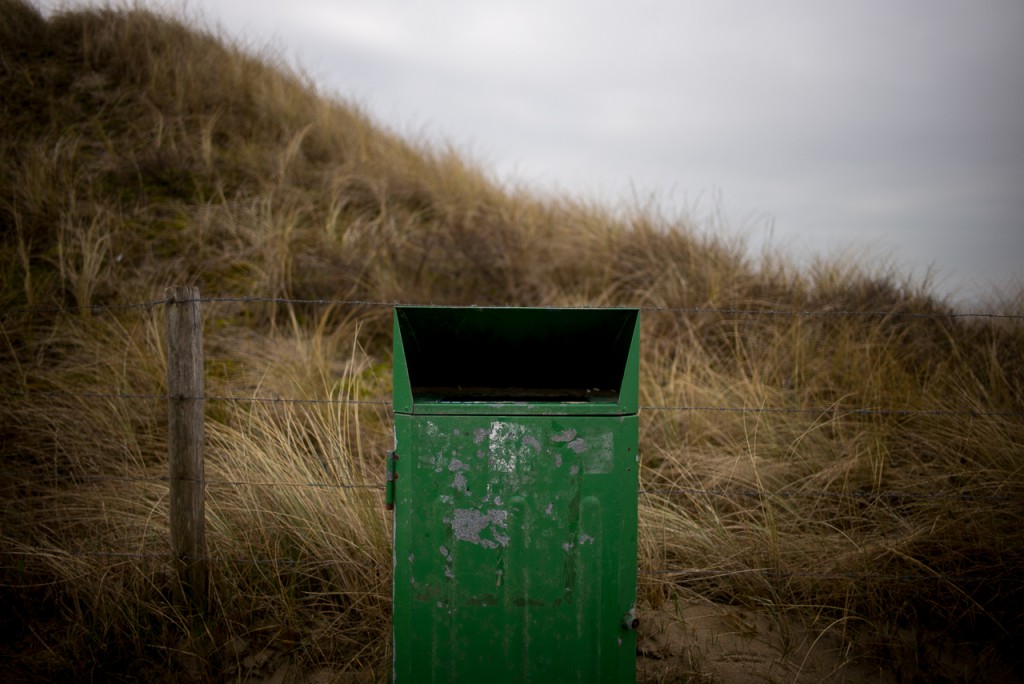
Conclusion
I want it.
With the 28 Lux, you can still get this amazing angle that draws the viewer into the frame, but you can choose how much you want the background to interfere with your subject with a flick of your hand…
Seriously though, I think if you’re new to the Leica system and you need two lenses, I’d get the 28 Lux and the 50 Cron or Lux. What I like so much about my 28 Elmarit is that it shows a lot of context, which is a good thing for a documentary wedding photographer. But sometimes I’d like to smooth out the context just a bit. A busy background can be distracting. With the 28 Lux, you can still get this amazing angle that draws the viewer into the frame, but you can choose how much you want the background to interfere with your subject with a flick of your hand. And that is a very, very valuable thing in a photographers toolkit.
Highly, highly recommended.
